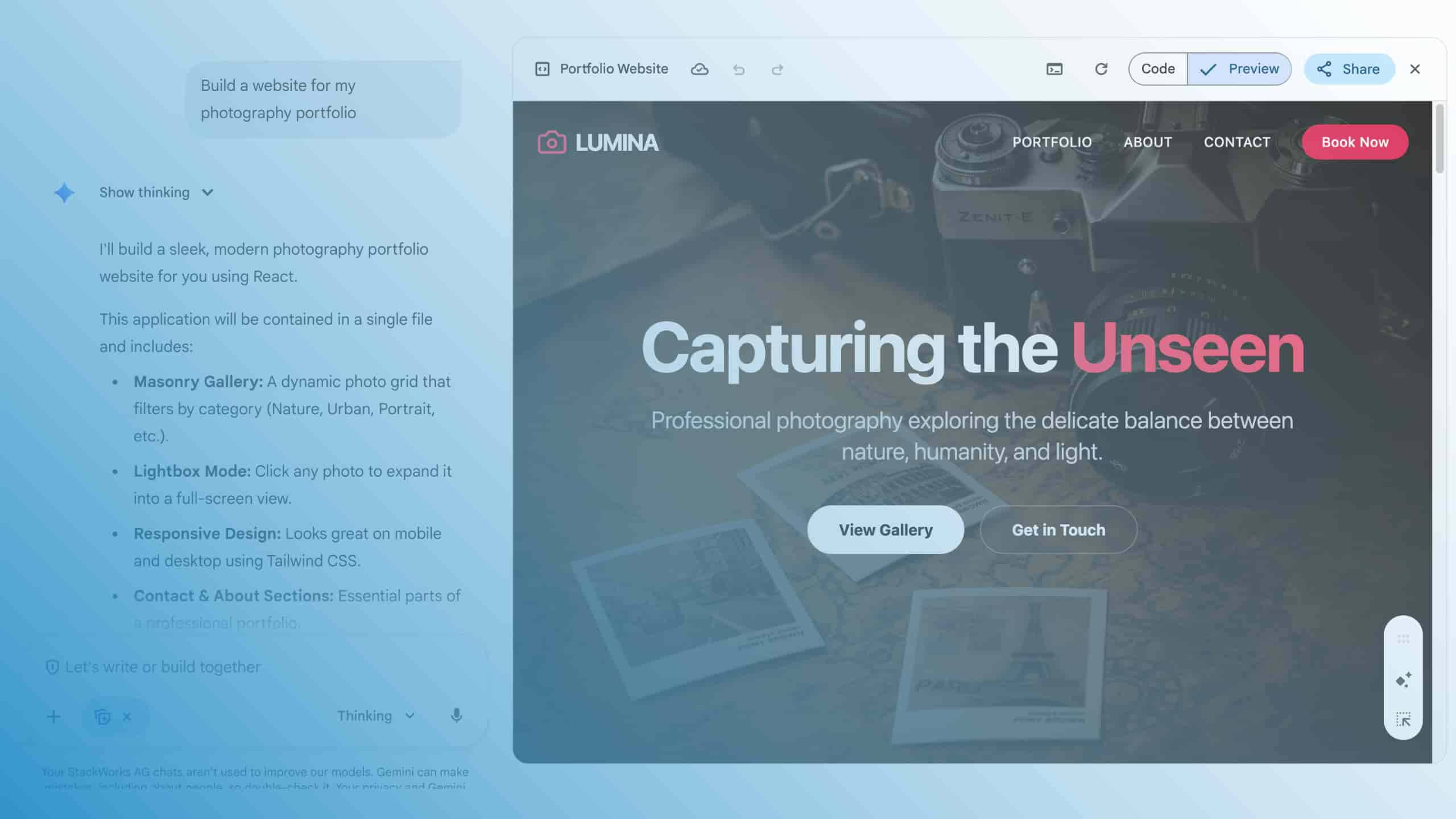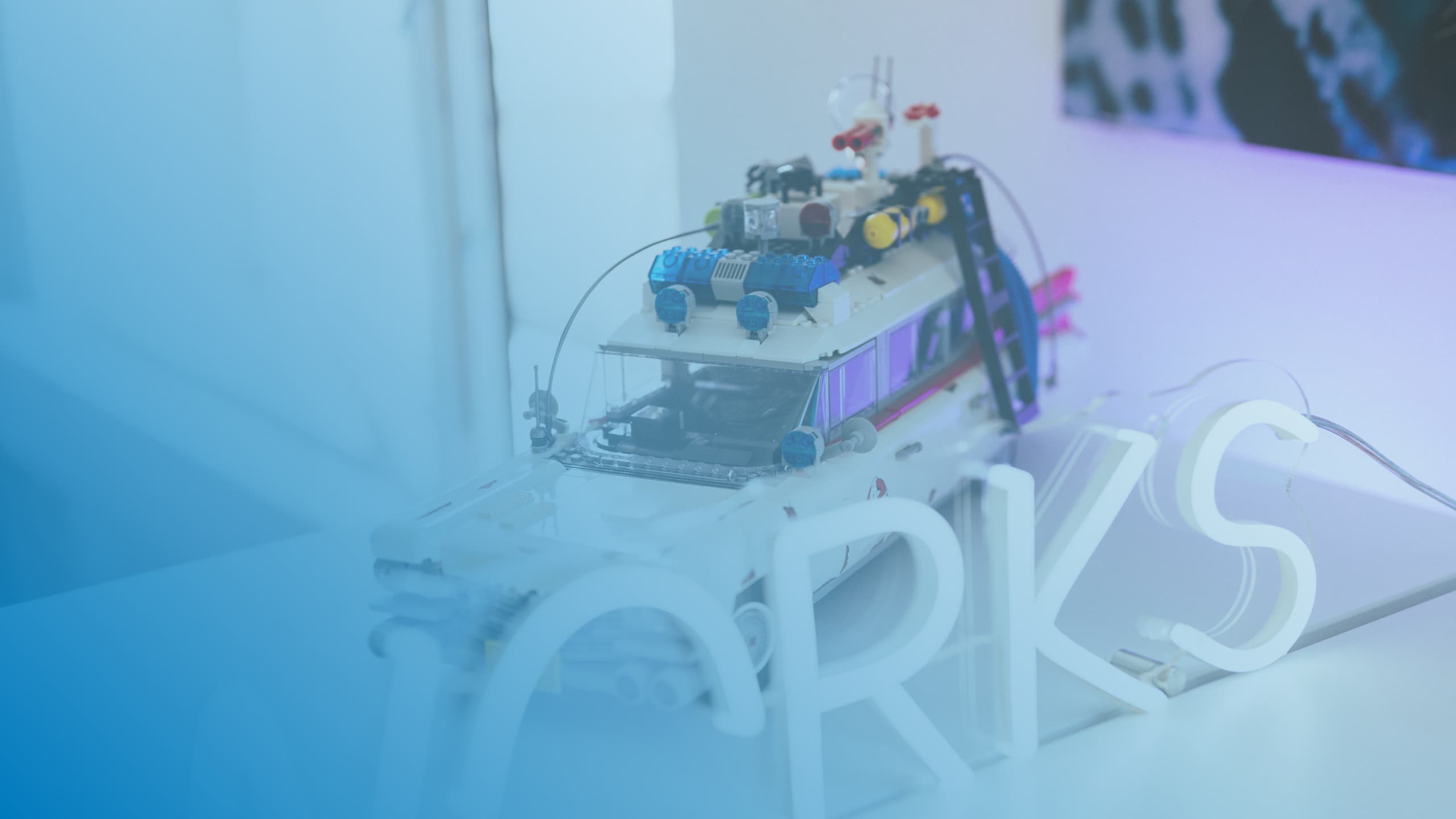BYOD - but secure with Mobile Device Management

Just a quick check of the mails or a document release - one in four frontline workers in Switzerland uses a private device for their work. This is the result of a survey commissioned by the management and technology consultancy Campana & Schott. But this often entails a security risk. This is because many responsible people do not know that mobile device management exists, why it is so important and that it can be simple, for example with the endpoint management for Android, iOS, Windows, ChromeOS as well as Linux devices integrated in Google Workspace - Google MDM.
Mobile device management refers to the centralised administration of mobile devices by means of software and hardware. This does not only apply to the company's end devices, but also to the private smartphones, notebooks, etc. of employees who use them for professional tasks. The term BYOD has become established for this practice. It is an abbreviation for Bring Your Own Device.
BYOD: Pros and Cons
In principle, BYOD has advantages and disadvantages. For example, it facilitates remote work, can save costs in the company and increase productivity and employee satisfaction. However, on the other hand, IT security leaks and data protection problems sometimes arise, for example if the applications are not sufficiently protected. Therefore, targeted BYOD management is necessary. This does not necessarily require a comprehensive mobile device management system or sophisticated mobile device management tools.
Google MDM
Google's endpoint management as part of Google Workspace offers practical functions for BYOD management and is easy to understand and operate. The basic version is activated by default and should also be used as a minimum. Admins have the option of conveniently managing the end devices under "Mobile & Endpoints". Under Android and iOS, for example, they can enforce the setting up of a screen lock and strong passwords without having to install software on the user's smartphone or notebook. If the employee leaves the company or their device is lost or stolen, all access can be easily blocked and mission-critical data deleted from the device. This makes Google MDM interesting for companies and organisations as well as for schools and other educational institutions. In the latter, personal data is often involved, so BYOD in schools should also go hand in hand with BYOD management.
If there are increased security concerns, the advanced functions of Google MDM can be interesting. This makes it possible to centrally manage applications. To do this, the "Google Device Policy" app must be installed on the end device. The corresponding prompt appears automatically as soon as the user tries to log into his company account. However, administrators should take into account whether they are dealing with iOS or Android devices. Because there is a serious difference between the two operating systems when it comes to using the additional functions. While Android allows the creation of a work profile with which the company data and applications can be managed separately from the private profile, this is not possible with iOS. Here, the admin also gets access to private applications. This can violate the personal rights of the device owner and is therefore often met with resistance.

BYOD concept as a prerequisite
To avoid problems, a concept should be developed before implementing BYOD solutions. This defines which end devices are allowed to access which company applications and which are not. This includes determining the sensitivity of the data and thinking about which employees are to access which software from their own smartphone, notebook, etc. The concept should also be based on the data protection regulations. It is important to select and coordinate the procedure according to the respective application and the applicable framework conditions. First and foremost, it is important to realise that the use of private devices in everyday business should be actively managed. Whether this is done with a comprehensive enterprise mobile device management or Google MDM must be decided individually.
In fact, Google's endpoint management is sufficient in many cases. It serves to secure the workspace accounts, meets most requirements, works very simply and makes BYOD a safe practice. We would be happy to advise you, recommend a solution that suits your company or organisation and take care of the configuration of Google MDM.






